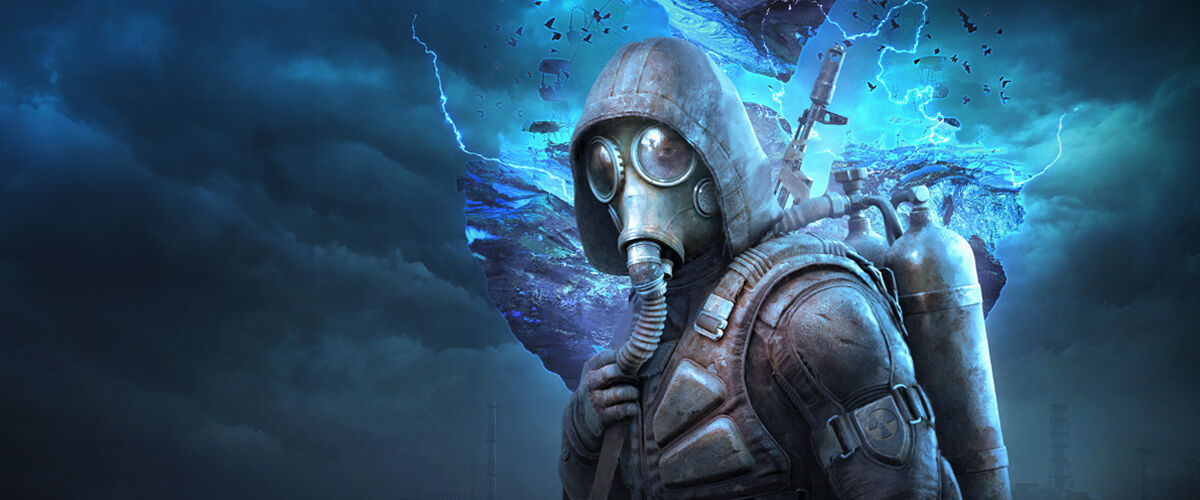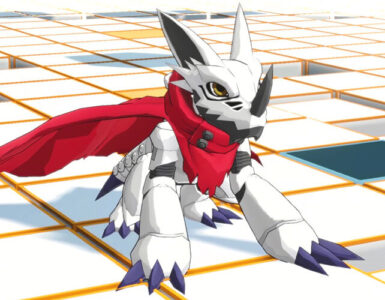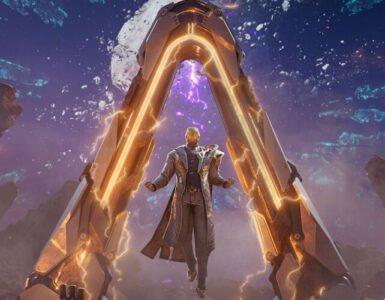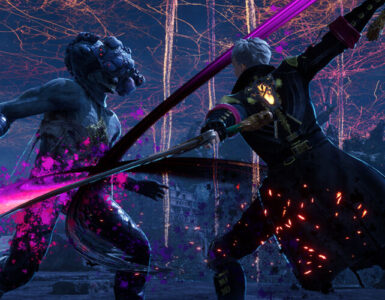This interview has been edited for clarity.
Troubled development is old news for the video game industry, but the journey of S.T.A.L.K.E.R. 2: Heart of Chornobyl bears different significance. A tale of diligence and grit, the long-awaited entry has been subjected to a cancellation – in the year of its intended release, to boot – and multiple pushbacks, first as a result of a fresh restart, then brought on by war.
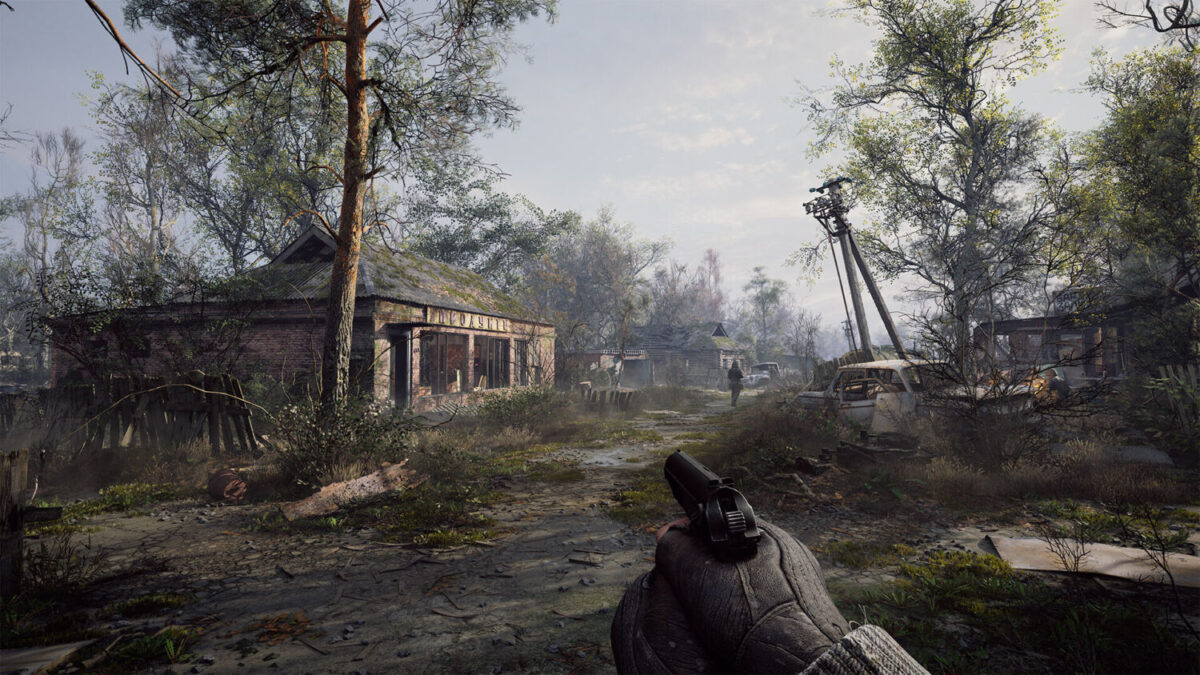
To say that things have been rough for Ukrainian studio GSC Game World would certainly be an understatement. As the bloody conflict rages on, the team remains determined and steadfast to their goal of completing the project, which now adopts the status of a resistance symbol. The refusal to yield is emphasised through the use of “Chornobyl”, the Ukrainian romanisation of the nuclear power plant, which serves as the central setting for the franchise.
Making a return to the cult classic series after 15 years, the upcoming survival shooter makes sure to pay homage to its roots by preserving authenticity as a lot of care and attention went into fleshing out the world of S.T.A.L.K.E.R. 2: Heart of Chornobyl, with repeated excursions to the actual site proving useful in recreating the details.
“Most of our props, buildings, textures, and so on are taken from real, existing stuff that you may notice in the Chernobyl Exclusion Zone,” shares technical producer Yevhenni “Eugene” Kulyk in a special event for the title held in Beijing, China.
“There are some alterations, of course, like in the case of anomalies, but it’s really authentic. And that’s one of the main points that we’re trying to communicate with our game. It’s the feel of Ukrainian nature, architecture, and the like, but with spice.”

In the game’s universe, anomalies share nature-defying properties with artifacts and mutants, which spawn in “the Zone”, an alternate version of present-day Chernobyl, after a mysterious second nuclear disaster took place in 2006. The player takes the role of a “stalker”, a name given to individuals who have come to explore the space and its strange phenomena; the title itself is an backcronym for Scavengers, Trespassers, Adventurers, Loners, Killers, Explorers, and Robbers.
The stakes, however, will be higher than ever in S.T.A.L.K.E.R. 2: Heart of Chornobyl. In a first for the franchise, an open world measuring 64 square kilometres (and the biggest currently available on Unreal Engine 5.1, according to Kulyk) lies in wait, promising at least 40 hours of playtime and different threats to combat. The latter can range from dynamic weather conditions and realistic survival effects like hunger to powerful mutants lurking in the shadows, and the unpredictability of anomalies – energy phenomena that are hazardous and deadly towards humans and other creatures.
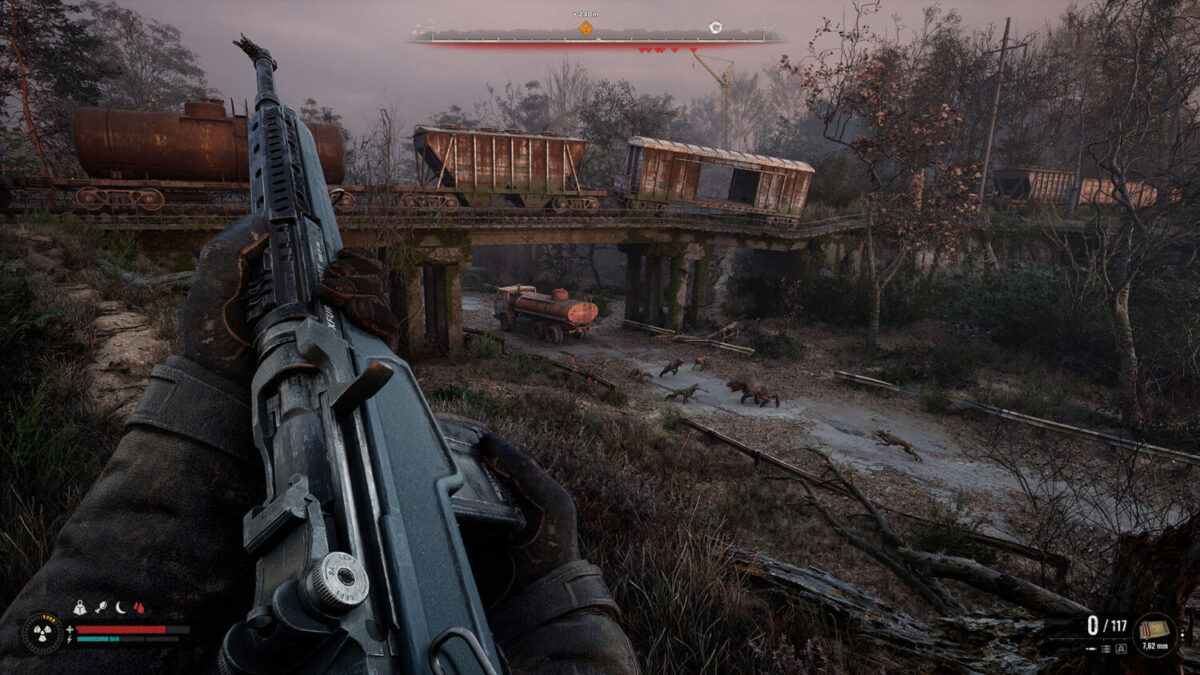
More notably, this sequel to the original trilogy will feature a brand-new protagonist, Skif. Not much else has been revealed about the character, but previous trailers focusing on familiar faces, including ex-Monolith member Strider, have sparked speculation of his ties to the quasi-religious cult. Marketing producer Vlad “Fenec” Novikov is quick to dispel the interpretation, clarifying that Skif hails from outside the Zone, with a deliberate design for new players to feel as though they are stepping into his shoes.
“Since this is a revamp of the experience, we wanted players to enter the Zone for the first time and associate themselves with Skif. It was part of our design to make the game accessible for both new players, and to make the Zone interesting for series veterans,” he explains.
Considering the series’ reputation for hardcore, unforgiving gameplay, accessibility may be seen as an erosion of its identity. But 15 years is a long time, leaving the door wide open for a new generation of players who are looking to embark on a fulfilling journey. To smoothen out the learning curve, the team is currently working on several difficulty levels, so casual players can get to enjoy the story.
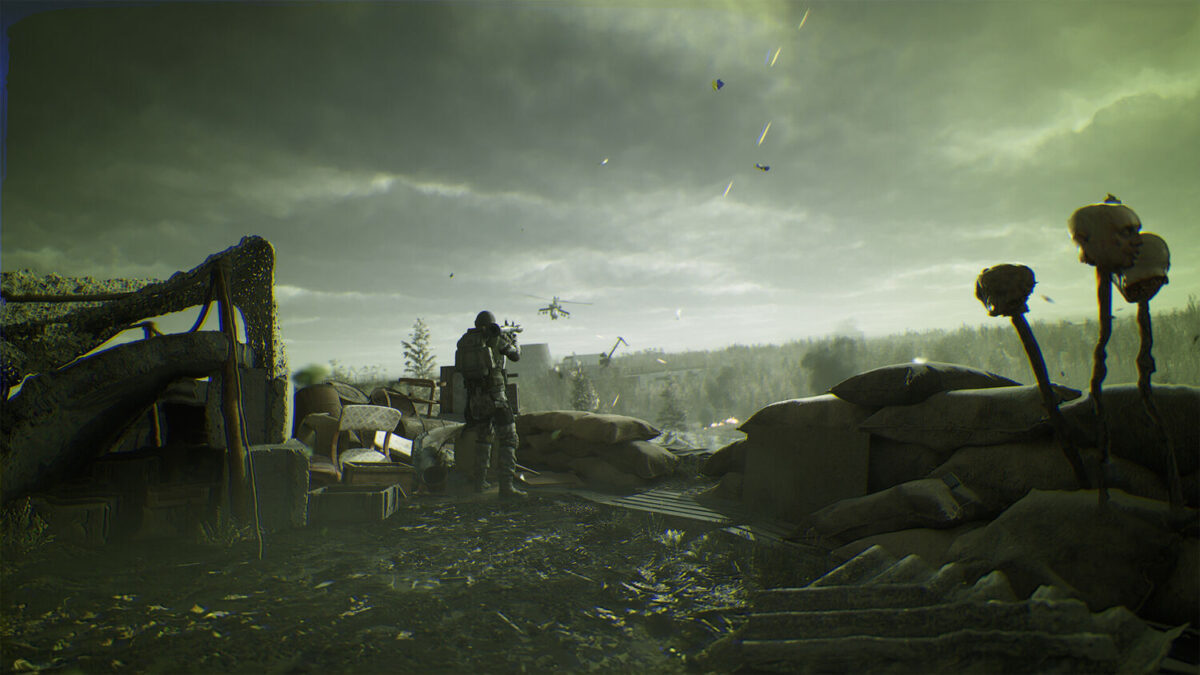
Pointing to himself as an example, Kulyk reasons, “For me, I’m the console guy. I like story-driven games. And usually, I’m not about the huge challenge in games – I just want to experience a cool story, so we have one. Naturally, as a developer, I would like to have the possibility for not-so-hardcore audiences to play the game and experience the choice-based storytelling.”
Despite the challenging nature of the first three games of the franchise – Shadow of Chernobyl (2007), Clear Sky (2008), and Call of Pripyat (2009) – the S.T.A.L.K.E.R franchise is hardly a stranger to accessibility. Citing the examples of yellow paint and letters in previous titles, which players poked fun at, Novikov elaborates on the philosophy behind including such elements: “It’s also one of the accessibility features, because we think that the challenge of the game has to come from its rules and not from interacting with the game.”
In the same breath, he dishes out the sobering reminder that struggling, dying, and starting over is all part of the experience. “Basically, [Heart of Chornobyl] is much more accommodating than the first trilogy and we’re putting in work into designing features that offer accessibility, but still, S.T.A.L.K.E.R. is not for the faint of heart. It’s still supposed to be a challenge; we just try to make it as accessible as possible,” adds the 31-year-old, drawing agreement from Kulyk, who describes the true Zone as “challenging”, “unforgiving,” and “tough”.
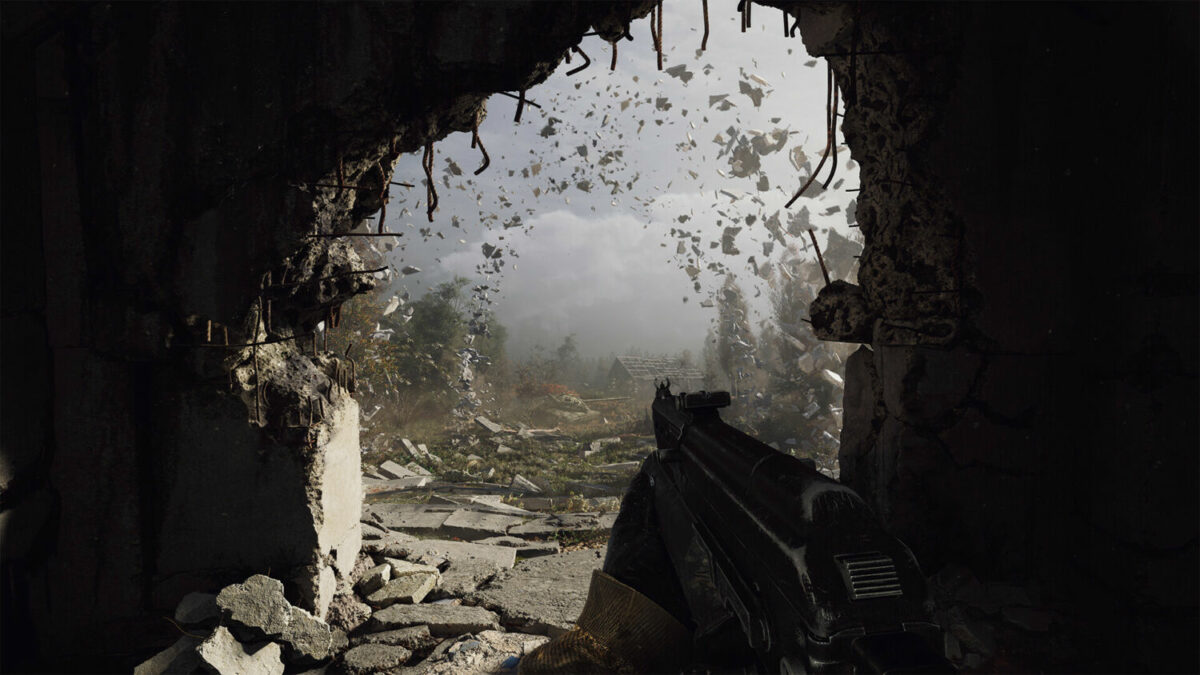
There’s an exception to the rule, though. Having visited Japan, China, and Singapore – during Gamescom Asia 2023 and with a scheduled appearance for this year – recently, Novikov has noticed a skill difference between shooter enthusiasts in the region, and those outside of it.
“Asian players are really good at first-person shooters,” he says with a laugh. “That’s very nice to see, because sometimes we encounter situations in which players struggle, but this is usually not the case for players in this region. That’s why we have been providing so many challenges to keep it interesting, because shooting alone isn’t a challenge for most people anymore.”
One way to spice up gameplay in S.T.A.L.K.E.R. 2: Heart of Chornobyl is the addition of new artifacts, items with strange and useful characteristics that are formed from anomalies. Here’s the catch – unique artifacts don’t come with a description of their positive and negative effects, so players will need to equip them and figure out how they work. The mechanic adds a layer of unpredictability and deduction, which turns into experimentation once an understanding is established. Cue the mix-and-match process to fit different play styles, unearthing another genre influence: the role-playing game (RPG) factor.
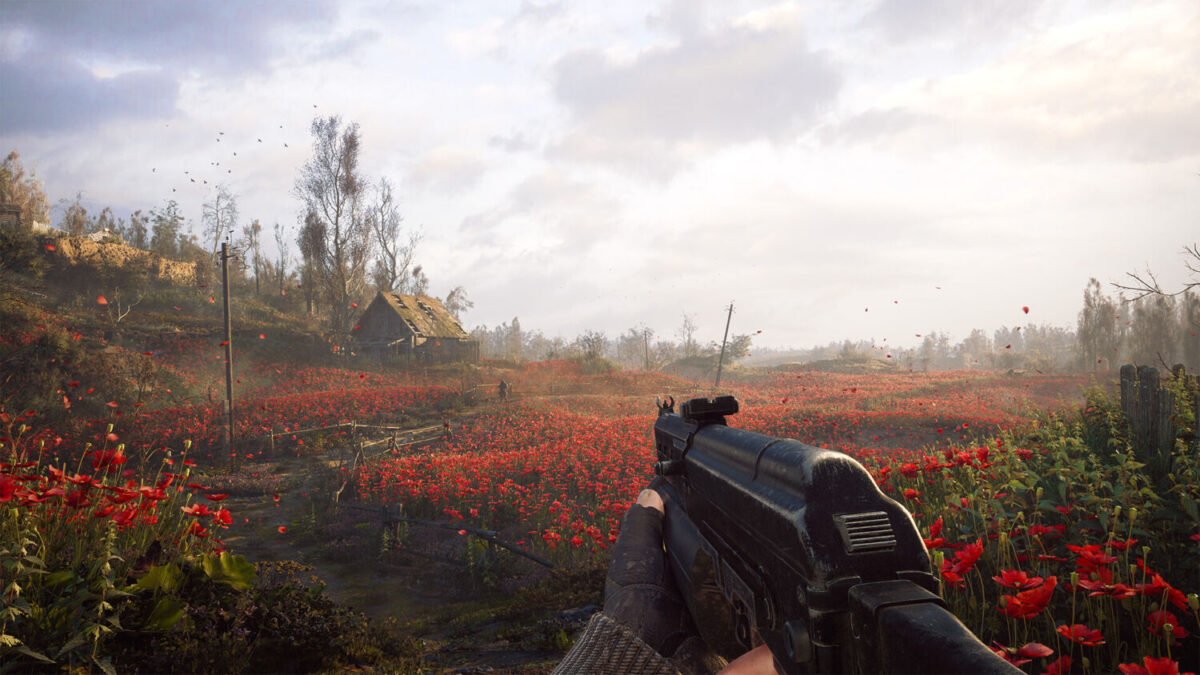
“That’s why I fell in love with the universe. I’m a big gun guy, but here, there’s the fantasy side to the setting that you can associate yourself with,” shares Novikov. “It’s kind of like an RPG without the numbers, but your artifacts can still be tweaked to your play style. That’s basically your role-playing; I was able to immerse myself in the world and think I’m right there in the Zone.”
S.T.A.L.K.E.R. 2: Heart of Chornobyl releases 20 November for PC and Xbox Series X|S.

